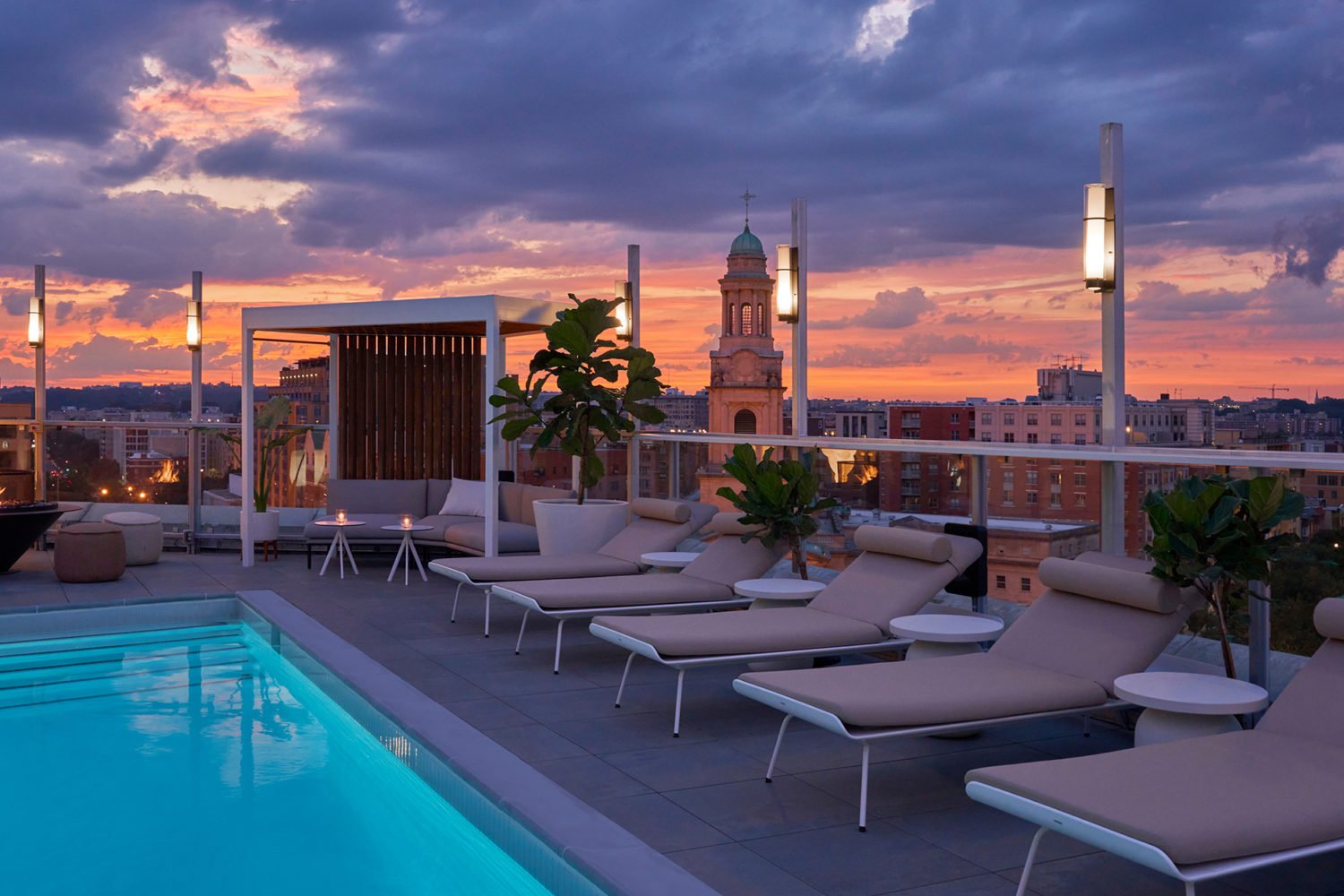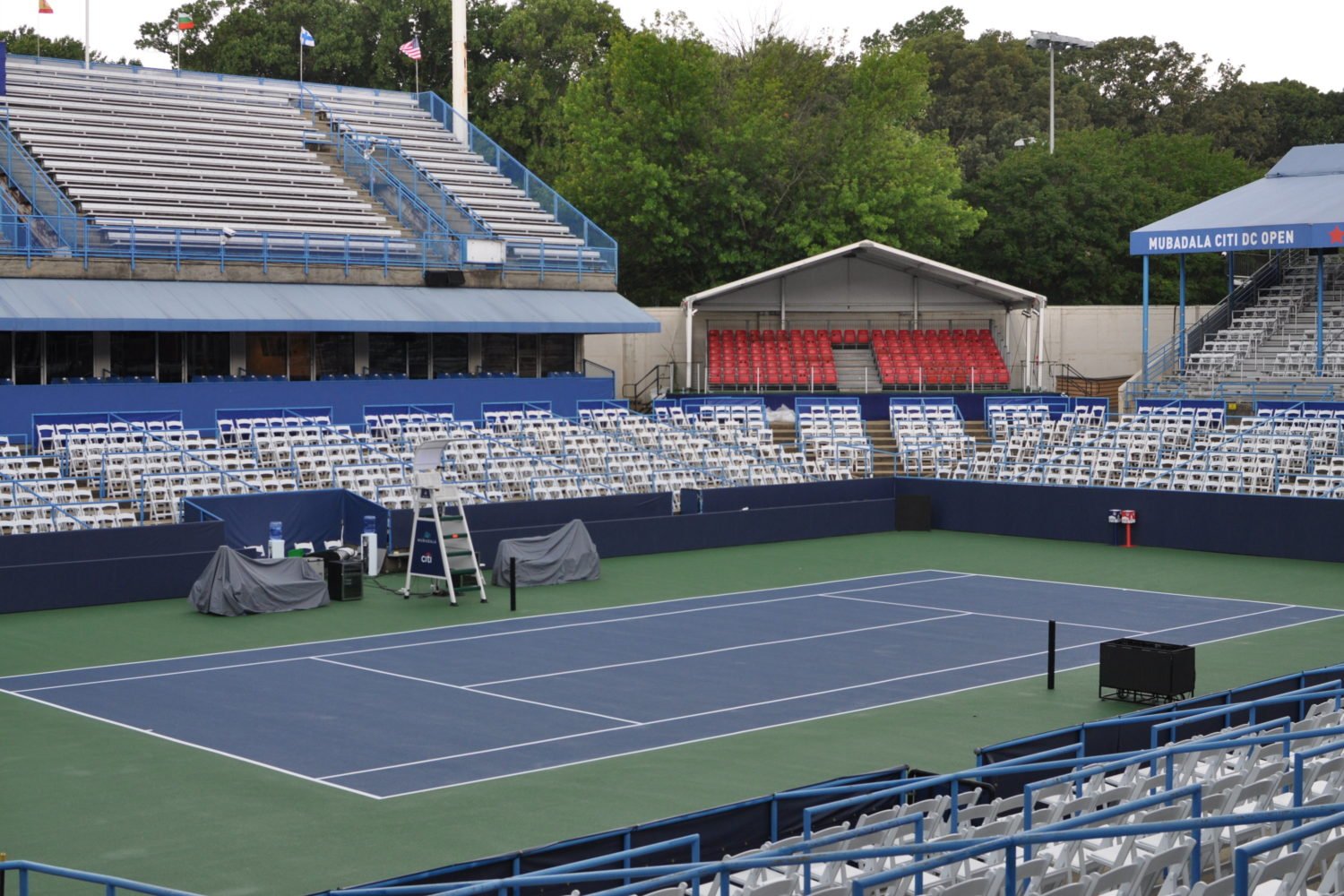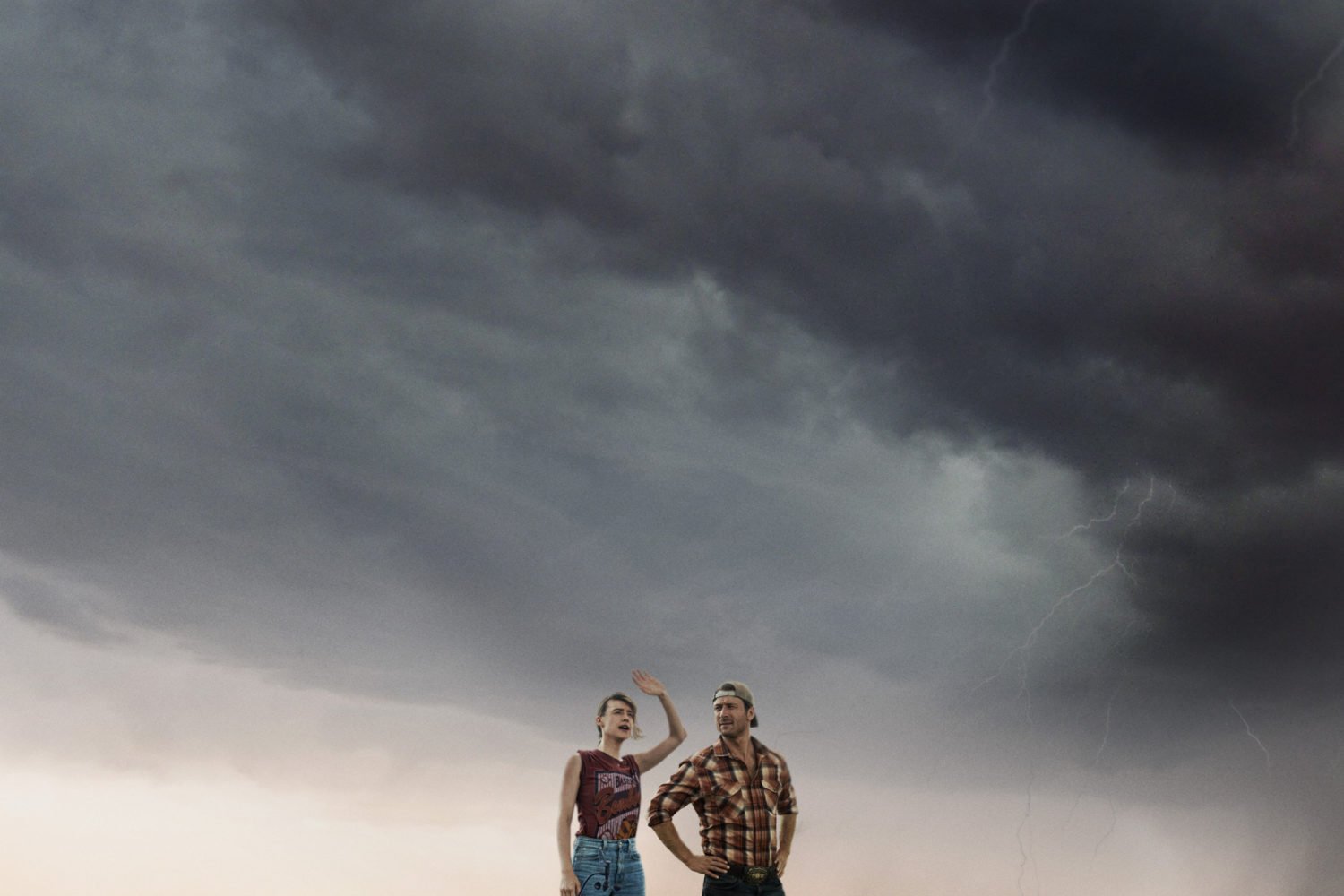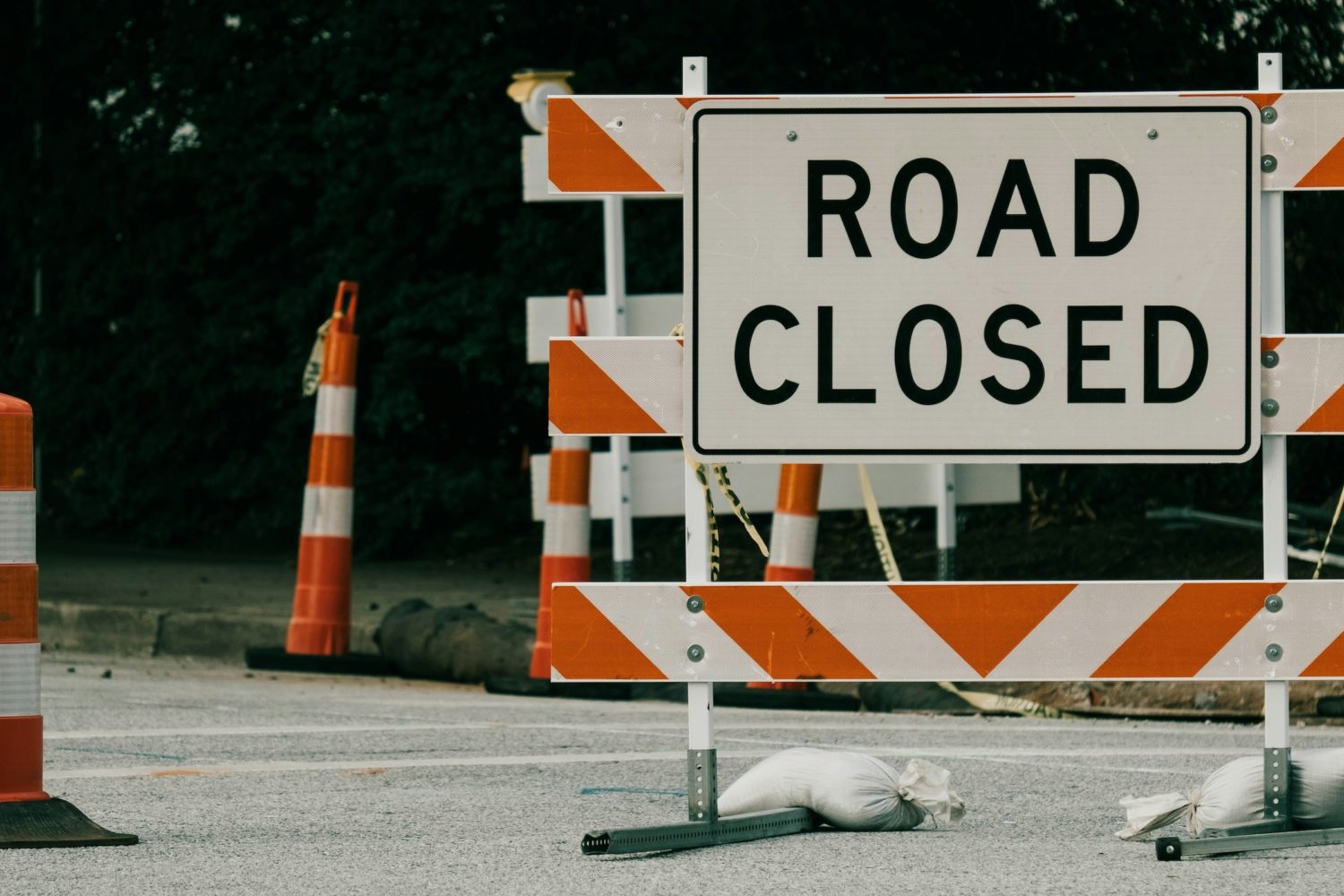When many people picture working in the White House, they imagine the expansive suite of offices depicted in Aaron Sorkin’s The West Wing.
In reality, most of the West Wing isn’t exactly luxurious, and seems like the kind of close-quarters environment that would foster a Covid outbreak. Terence Szuplat, who was a speechwriter for the Obama administration, describes his time in the West Wing as like working “in a submarine.” The space has “low ceilings, narrow passageways, people kind of stacked on top of each other working shoulder to shoulder,” he says.
There are a few dozen select staffers—like senior advisors and the chief of staff—who have their own offices with doors, Szuplat says. But most of the administration works in cramped office spaces, with three or four desks shoved into rooms designed for one.
Even officials you might think would have more glamorous digs are relegated to offices that more closely resemble closets, Szuplat says, and there are common rooms “where you have three or four executive assistants all sitting at desks very close to one another,” Szuplat says. “In that kind of a setup, it’s impossible to social distance.”
Narrow corridors rarely offer more than a foot of space between two passing individuals, and people are constantly moving around in the building, whether they are White House staffers or visitors. “The West Wing is a meeting place for our entire federal government,” Szuplat says. “The number of people who have their offices there doesn’t capture how many people are coming and going.”
“Given what we know about the virus, you’d want to wear a mask in a situation like [the West Wing], and if possible, you’d want to reduce the number of people in that space,” Szuplat says. “Whether they do that I have no idea.”


















